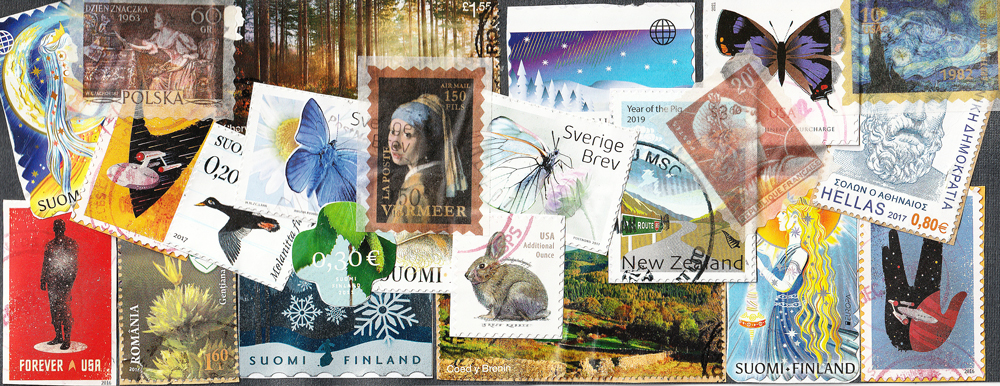
José Antonio Carmona Carmona, better known as Pepe Habichuela, was born in Granada (Spain) in 1944. The guitar has always been present in the Habichuela dynasty. Pepe Habichuela’s grandfather, Tio José Habichuela and father Juan Carmona Habichuela played the guitar and all his brothers are professional players. His son is Josemi Carmona, who along with Pepe’s nephews, founded innovative flamenco fusion group Ketama.
As many other guitarists Pepe Habichuela’s professional career started as accompanist to well-known cantaores (singers) like Camarón de la Isla. His collaboration with the great cantaor Enrique Morente meant a giant step for modern Flamenco. Pepe Habichuela participated in several of Morente’s superb albums: Se hace camino al andar, Homenaje a Don Antonio Chacon and Despegando.
Since 1980 Pepe Habichuela has been giving concerts as a soloist. Pepe Habichuela’s first solo album was a tribute to his grandfather.
Pepe has gone beyond traditional Flamenco guitar by adding bass, percussion and Jazz elements to his compositions. His interest in Jazz has led him to collaborations with jazzmen Don Cherry and David Holland. He has also explored the connections between flamenco and Indian music collaborating with Nithin Sawhney, Anoushka Shankar and The Bollywood Strings.
The 2001 album Yerbagüena stands out for its weight, clarity, and depth. The concept of Yerbagüena is ingeniously embodied in the title track, presented in two versions: An Eastern version, recorded in Bangalore, India, with the Bollywood Strings, and a Western version, recorded in Madrid, featuring his son Josemi Carmona and a stellar flamenco-jazz rhythm section: Tino di Geraldo (drums) and Javier Colina (double bass).
The album includes much more. Flamenco vocals appear at their most emotive and contemporary. The soaring malagueña from Cádiz, sung by Enrique Morente (finally sharing a record with Pepe Habichuela), is intensely moving. The “toná” that Guadiana sings at the beginning of the eleven-minute seguiriya, recorded live at the Grec Festival in Barcelona, confirms his place as one of the most powerful voices in flamenco’s future.
The Bollywood Strings contribute arrangements that are substantial, generous, and cohesive. Under the musical direction of Chandru, the orchestra masterfully supports the handclaps in “Bangalore Krishna” and delivers virtuosic solos that blend seamlessly with flamenco. Chandru’s violin and Baluli Shrivastava’s sitar are especially notable, while the percussion brings color, wisdom, and unmatchable precision. The voice of T.S. Shankar, one of India’s finest vocalists, is also featured.
The brilliance of the album owes much to its musical director and producer Josemi Carmona, who also brought Juan and Antonio Carmona (aka Ketama) into the studio for the track “Tres Colores,” a pure dose of “habichuelismo.”
Discography:
Homenaje a D. Antonio Chacón, with Enrique Morente ((Hispavox, 1976)
Despegando (CBS, 1977)
A Mandeli (Nuevos Medios, 1983)
Habichuela en Rama (Nuevos Medios, 1997)
Yerbagüena, with The Bollywood Strings (Nuevos Medios NM15788, 2001)
Hands, with Dave Holland (Dare2 Records, 2010)


As far as I can tell from watching Pepe masterfully play flamenco, he is right handed. On the cover of Guitarra Flamenca, it shows him playing left handed. Or posing left handed. Was he ambidextrous?
Updated Pepe Habichuela’s biography.